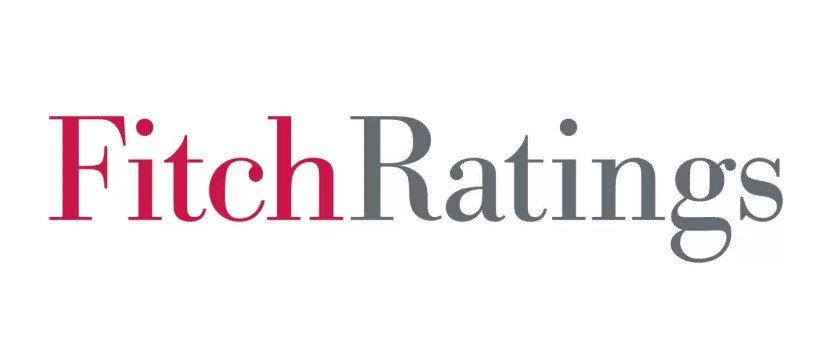Last Updated on April 15, 2025 6:08 am by BIZNAMA NEWS
R. Suryamurthy
The Reserve Bank of India (RBI) has unveiled draft regulatory enhancements for gold-backed loans extended by Non-Banking Financial Institutions (NBFIs), a move that Fitch Ratings believes will provide greater clarity to the market and strengthen risk standards within the sector. While some of the proposed changes could increase operational complexity for lenders, Fitch anticipates that larger, well-resourced players will be able to adapt effectively.
The key proposed enhancements include a mandate to link borrower repayment capacity to the approved loan amount and the provision of clearer guidelines on the calculation of the regulatory loan-to-value (LTV). According to Fitch Ratings, both measures will raise the bar for lenders, requiring them to adopt more stringent assessment procedures. However, the rating agency suggests that major gold-loan specialists like Muthoot Finance Ltd and Manappuram Finance Limited are likely to possess the resources and infrastructure to adjust to these new requirements. The draft rules also offer a framework for existing industry practices such as top-up gold-backed loans and renewal loans, subject to conditions that largely align with current industry norms.
Currently, NBFIs primarily base their gold loan offerings on the value of the gold collateral. The RBI’s proposed regulations could necessitate the implementation of additional procedures to evaluate the income of borrowers. This could potentially lengthen the loan processing time and increase the operational expenses for lenders. While lenders might be able to incorporate underwriting measures to meet these requirements for individual consumption loans, assessing the income of customers in rural and semi-urban areas, who often have fluctuating earnings, could prove challenging and potentially imprecise.
Furthermore, the draft rules propose that lenders conduct thorough business cash flow assessments for gold-backed loans intended for income generation. Fitch Ratings suggests that NBFIs may become less inclined to offer such loans due to the potentially cumbersome underwriting process involved. The draft rules currently lack specific clarification on whether NBFI loans extended to sole proprietors for working capital would be classified as income-generating loans. If such loans fall under this category, it could significantly slow down a vital source of credit for the rural economy.
A significant aspect of the proposed regulations involves the LTV limit, which is currently set at 75% for NBFIs. The new rules propose that this limit will be applicable throughout the entire loan tenure, not just at the time of origination. Additionally, for bullet-repayment gold loans, the LTV ratio must be calculated based on the total amount due at maturity, encompassing the interest for the entire loan period. Fitch Ratings notes that this measure will strengthen the financial buffer against potential adverse fluctuations in gold prices. However, this requirement would effectively lower the LTV at the loan’s inception, potentially making the product less attractive to borrowers. To mitigate this, NBFIs might consider adjusting their lending structures by offering shorter-tenor bullet repayment loans or implementing amortizing repayment schedules. Such changes would necessitate a shift in customer behavior and could potentially lead to an increase in delinquencies if borrowers take time to adapt to the new structures.
In a move to acknowledge the challenges in rectifying LTV breaches during gold price declines, the draft rules mandate that lenders set aside a 1% provisioning charge on loans that breach the stipulated LTV limits. Fitch Ratings believes that while this amount is manageable relative to the net interest margins of lenders, it will make their credit costs and overall profitability more sensitive to falls in collateral prices.
The RBI’s draft regulations follow its earlier observations in September 2024 regarding irregular practices in gold lending. The proposed rules also introduce provisions concerning customer notification and reimbursement procedures, aiming to enhance customer protection within the gold loan sector. Moreover, broader disclosure requirements are expected to improve market transparency regarding the performance of lenders’ gold-backed loan portfolios. These new rules, once finalized, will supersede a range of earlier directives related to gold loans. However, key regulations for NBFIs issued in 2013 and 2014, which require RBI approval for new branch openings for lenders with over 1,000 branches, will remain unchanged.
Fitch Ratings concludes that while some operational adjustments will be necessary, the proposed regulatory enhancements by the RBI are a positive step towards fostering greater clarity and strengthening risk management practices within the gold loan sector operated by NBFIs.
Meanwhile, Poonawalla Fincorp Limited (PFL), a non-banking financial company backed by the Cyrus Poonawalla Group, has announced its foray into the gold loan business. This new offering aims to provide individuals and businesses with secure, fast, and transparent financing solutions for various needs, including business expansion and personal expenses.
Customers can expect quick approvals within 30 minutes, minimal paperwork, and flexible repayment options, allowing them to leverage their gold assets without selling them. Mr. Arvind Kapil, MD & CEO of Poonawalla Fincorp, stated that this move aligns with their secured lending portfolio, emphasizing customer asset safety and transparency.
PFL plans to capitalize on the growing Indian gold loan market by opening 400 new branches in Tier 2 and Tier 3 cities over the next four quarters. This expansion will enhance their presence and accessibility, offering tailored financial solutions to a wider customer base. The company highlighted the low credit risk and resilience of the gold loan business during economic uncertainty as key drivers for this strategic move.

